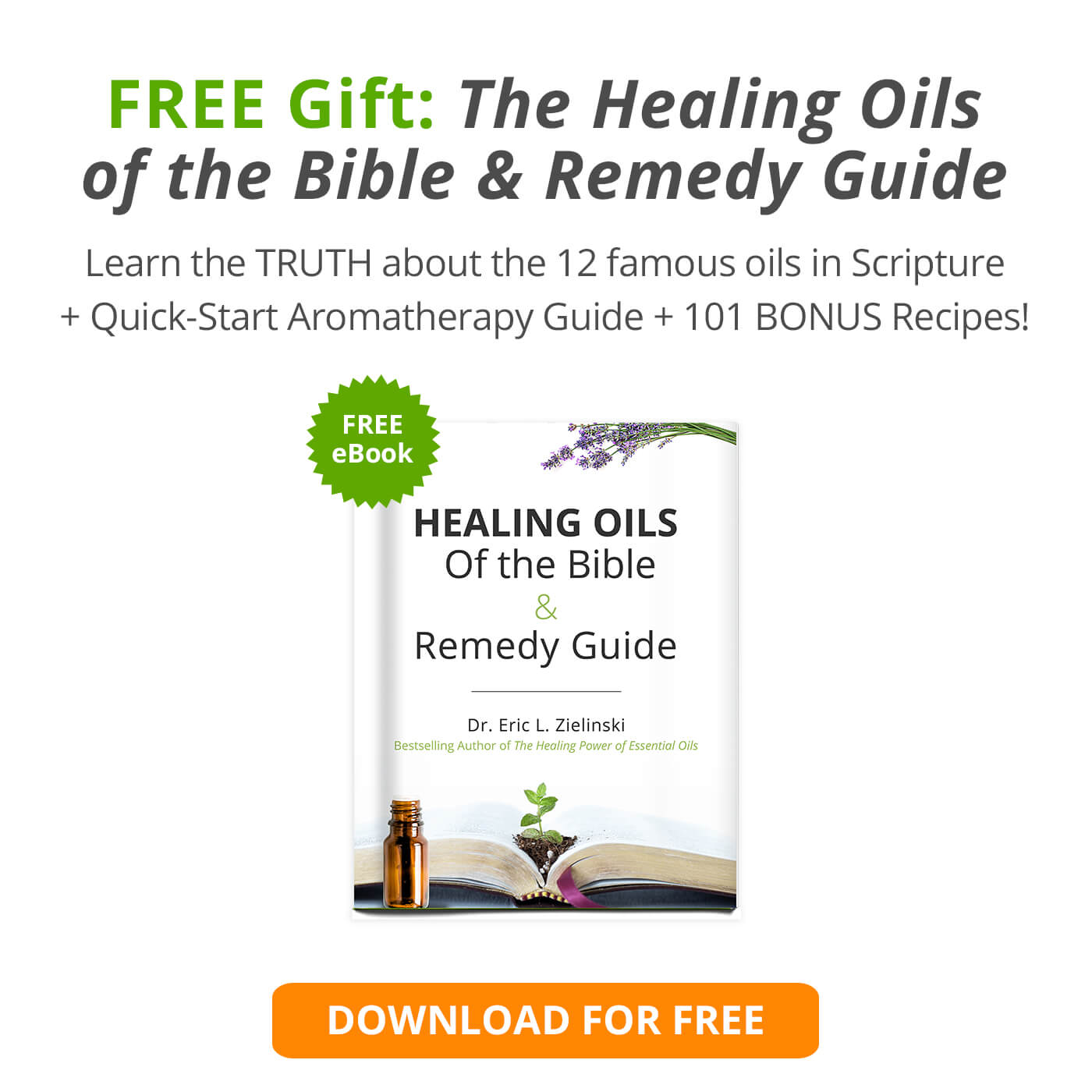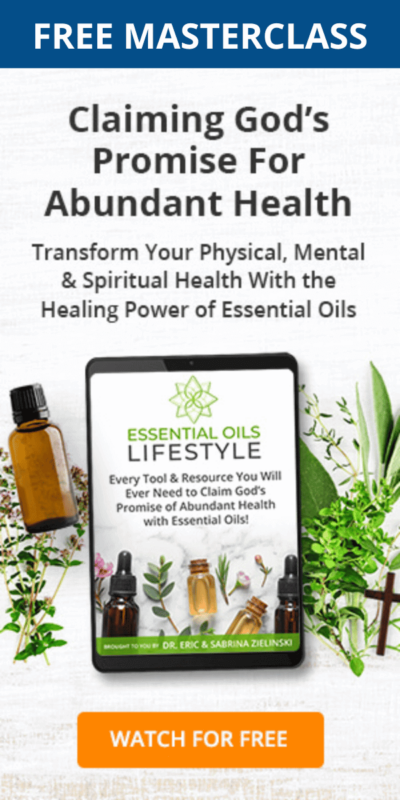The world’s healthiest herbs and spices have always been used for culinary and medicinal purposes, but just how many of us truly appreciate and understand the life-giving properties that are hiding in our pantries. Their nutritional benefits are exceptional and these herbs and spices elevate the flavor of foods in so many different ways that people are constantly coming up with new mixes and blends. Truth is, we really can’t imagine our food not having the flavors that herbs and spices provide.
Table of Contents
Herbs and Spices 101
There are so many wonderful medicinal benefits of using herbs and spices, but first before we discuss how beneficial they are, there are some things that you should know about herbs and spices. Although we commonly use the terms interchangeably, herbs are not spices and spices are not herbs; even though the same plant can produce both. Now, that’s confusing. Foy Spicer from the Iowa State University Department of Horticulture can explain it for us:
Herbs are obtained from the leaves of herbaceous (non-woody) plants. The word, herb, is used to define any herbaceous plant that dies down at the end of the growing season.
Herbs are used to add flavor in cooking and some have medicinal value and they often are used in larger amounts than spices. They originated from temperate climates such as Italy, France, and England.
Spices are obtained from roots, flowers, fruits, seeds or bark. They are native to warm tropical climates and can be woody or herbaceous plants. Spices often are more potent and usually have a stronger flavor than herbs; as a result, spices are typically used in smaller amounts. Some spices may even be used as a preservative.
Some plants are both herbs and spices. Coriandrum sativum leaves are the source of cilantro (herb) while coriander (spice) is from the plant’s seeds. Dill is another example. The seeds are a spice while dill weed is an herb derived from the plant’s stems and leaves.
A list of useful herbs that you are familiar with and probably already have in your pantry include:
- Basil
- Chives
- Marjoram
- Mint
- Oregano
- Parsley (a favorite in our bruschetta recipe)
- Rosemary
- Sage
- Thyme
Some of the more commonly used spices are:
- Cinnamon (bark)
- Cloves (flower bud)
- Cumin (seed)
- Ginger (root)
- Nutmeg (seed)
- Saffron (stigma, female reproductive part of saffron crocus)
- Vanilla (undeveloped fruit of an orchid)
Now that we’ve helped clear up any confusion or misinformation, the next time a friend or someone in your family uses “herb” and “spice” interchangeably, you can explain the difference to them.
5 Healthiest Herbs & Spices
So, if you only had space for 5 herbs and spices in your pantry, which ones should you keep in stock? That’s a tough one, but after some careful research, these 5 stood out among the rest:
1. Basil
Basil is an Italian staple with over a 100 varieties to choose from and it’s extremely rich in vitamin K and manganese! The flavonoids in basil are known to protect our DNA from mutagenesis. It contains some potent anti-bacterial properties and the flavonoids are essential for heart health. (1) It’s one of our favorite herbs to grow in the garden too.
2. Curry
Traditionally, curry is made by mixing together a variety of spices including caraway, cardamom, chili pepper, cumin, fenugreek, garlic, mustard seed and turmeric. Popular in Indian dishes, the best part of curry is that you benefit from a wide selection of key spices every time you use it! Even though all of these ingredients pack a powerful immunity boost, the key to this blend is turmeric.
3. Turmeric
One of the most frequently mentioned medicinal compound in all of science, turmeric has many health benefits. The main ingredient in turmeric is curcumin, which has been referenced more than 7,300 times in peer-reviewed articles. Health experts believe that the benefits of the main compound in turmeric go well beyond that of some of the most commonly prescribed drugs such as:
- Anti-inflammatory drugs
- Anti-depressants (Prozac)
- Chemotherapy
- Anti-coagulants (Aspirin)
- Pain killers
- Diabetes drugs (Metformin)
- Arthritis medications
- Inflammatory bowel disease drugs
- Cholesterol drugs (Lipitor)
- Steroids
4. Oregano
Oregano contains anti-bacterial and anti-fungal properties such as thymol and carvacol, and is comparable to most drugs, yet without the side effects. Oregano, the key ingredient in pizza sauce, is a profound herb with excellent healing properties, particularly its essential oil.
5. Pumpkin Pie Spice
Like curry, pumpkin pie spice is so good for you because of the powerful blend that makes up the recipe. Traditionally, pumpkin pie spice is made by mixing together allspice, cinnamon, clove, ginger and nutmeg. All of these ingredients are potent healing agents in their own right, but the key to pumpkin pie spice is the effect(s) that these spices have when combined together.
As we have seen in essential oil studies, the chemicals in each ingredient interact with each other in such a way that the blends’ antimicrobial properties are significantly enhanced, thus making it a fantastic solution to prevent and treat bacterial infections and various illnesses. (2)
6. Thyme
Thyme can be eaten to help treat a wide selection of health conditions such as arthritis, bronchitis, diarrhea, sore throat, and even bedwetting. (3) There are about 2,600 articles in scientific literature that discuss the many advantages of using thyme. The key to thyme’s health benefits is the chemical thymol, which is widely known for inducing death in a variety of cancer cells. (4, 5)
Correct Storage & Expiration Considerations
Storing your healthiest herbs and spices correctly will not only make or break their medicinal benefits, but also will help preserve their flavor. Remember these tried-and-true tips to keep the healthiest spices and herbs fresh and viable: (6)
- If you buy your herbs and spices in bulk, it can be a good idea to freeze them. You can store a large amount to prolong the shelf life if your intention is to only open the package to periodically fill the smaller containers that you use on a regular basis. Be cautious with storing your items in the freezer, because each time you open the package filled with bulk herbs and spices from your freezer, moisture enters the contents and will end up accumulating and after a while, it will ruin the batch.
- Whole herbs and spices keep the longest because their flavors have not been exposed to air.
- Ground herbs and spices have a shorter shelf life.
- Whole spices and herbs will keep between 1 – 2 years.
- Seeds will keep 2 – 3 years, and roots 3 years.
- Ground herbs and spices will keep 1 year, ground roots for 2 years.
- The easiest way to test whether or not your herb and spices are still potent is to gently shake the container with the cap on. Then, removing the cap after a moment, smell the container to see if the rich smell of the contents is still present.
- Store your healthiest herbs and spices in tightly sealed containers in a cool dark place ideally below 70º F. Your pantry or cupboard works great.
- Glass works best, as it will help preserve more of the essential oil content.
- Protect from moisture by keeping containers closed tightly. Open shaker bottles are a no-no.
- Keep your herbs and spices away from direct light to prevent color fading.
- Never store them above your stove or near other heat sources like your dishwasher or microwave.
- Do not keep herbs and spices near a dishwasher because the extra moisture will cause premature oxidation and spoiling.
- Here’s one we’re ALL guilty of doing from time to time: Because of the heat and moisture that is being omitted from your food, do not add herbs and spices from the container directly into something you’re cooking, Put them on your hand first, then put them in your food.
Now you know ALL that you need to get started using the healthiest spices and herbs. Try some of these healthiest herbs and spices and let us know what you think.
References:
- http://www.whfoods.com/genpage.php?tname=foodspice&dbid=85
- https://www.researchgate.net/profile/Jose_Sforcin/publication/221675561_Antimicrobial_activity_of_propolis_and_essential_oils_and_synergism_between_these_natural_products/links/00b7d52a1d2a9eaa4e000000.pdf
- http://www.webmd.com/vitamins-supplements/ingredientmono-823-thyme.aspx?activeingredientid=823&activeingredientname=thyme
- http://www.ncbi.nlm.nih.gov/pubmed/21640085
- http://www.ncbi.nlm.nih.gov/pubmed/21914442
- http://www.spicesinc.com/p-780-what-is-the-shelf-life-of-spices-and-herbs.asp







